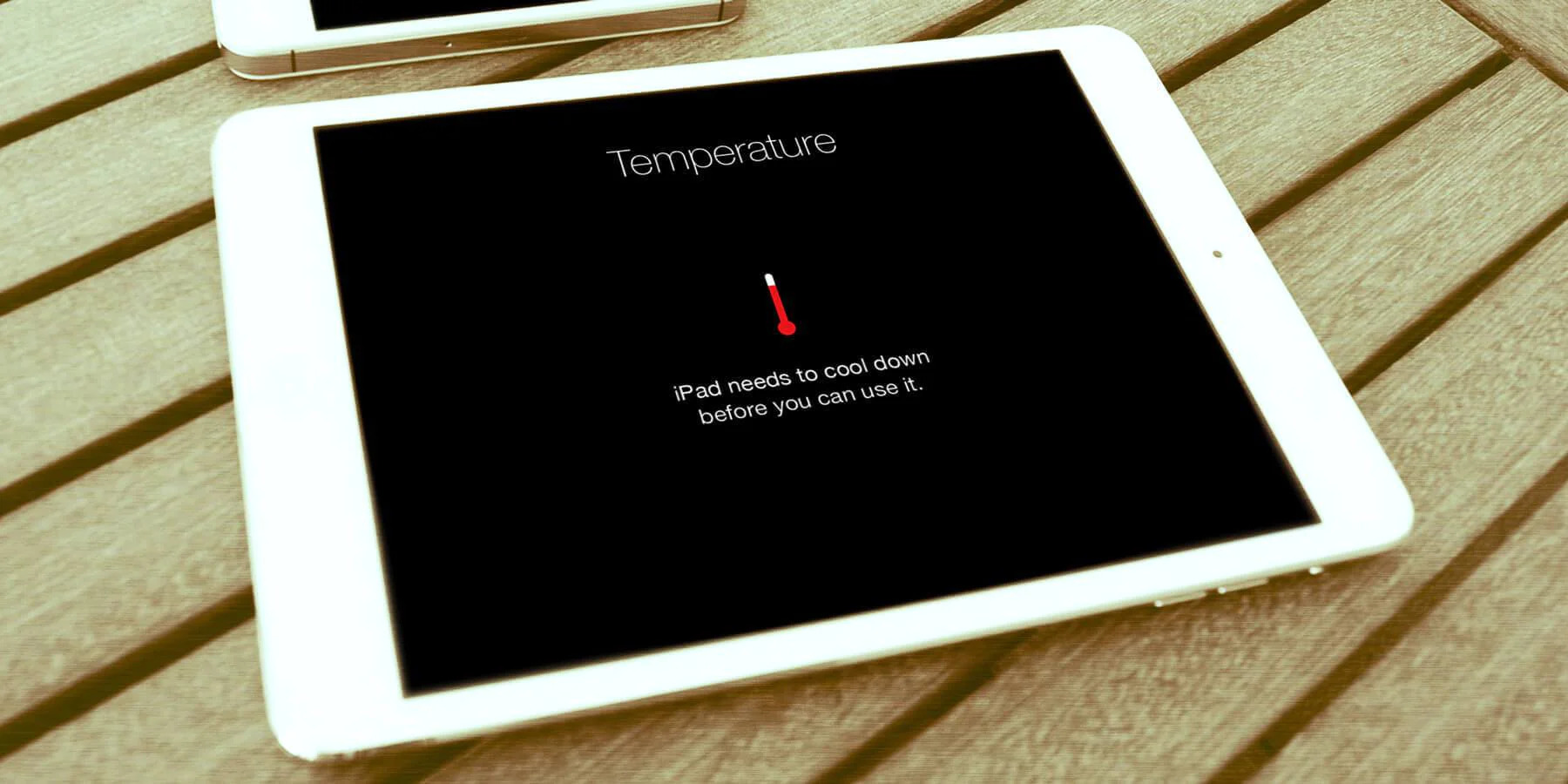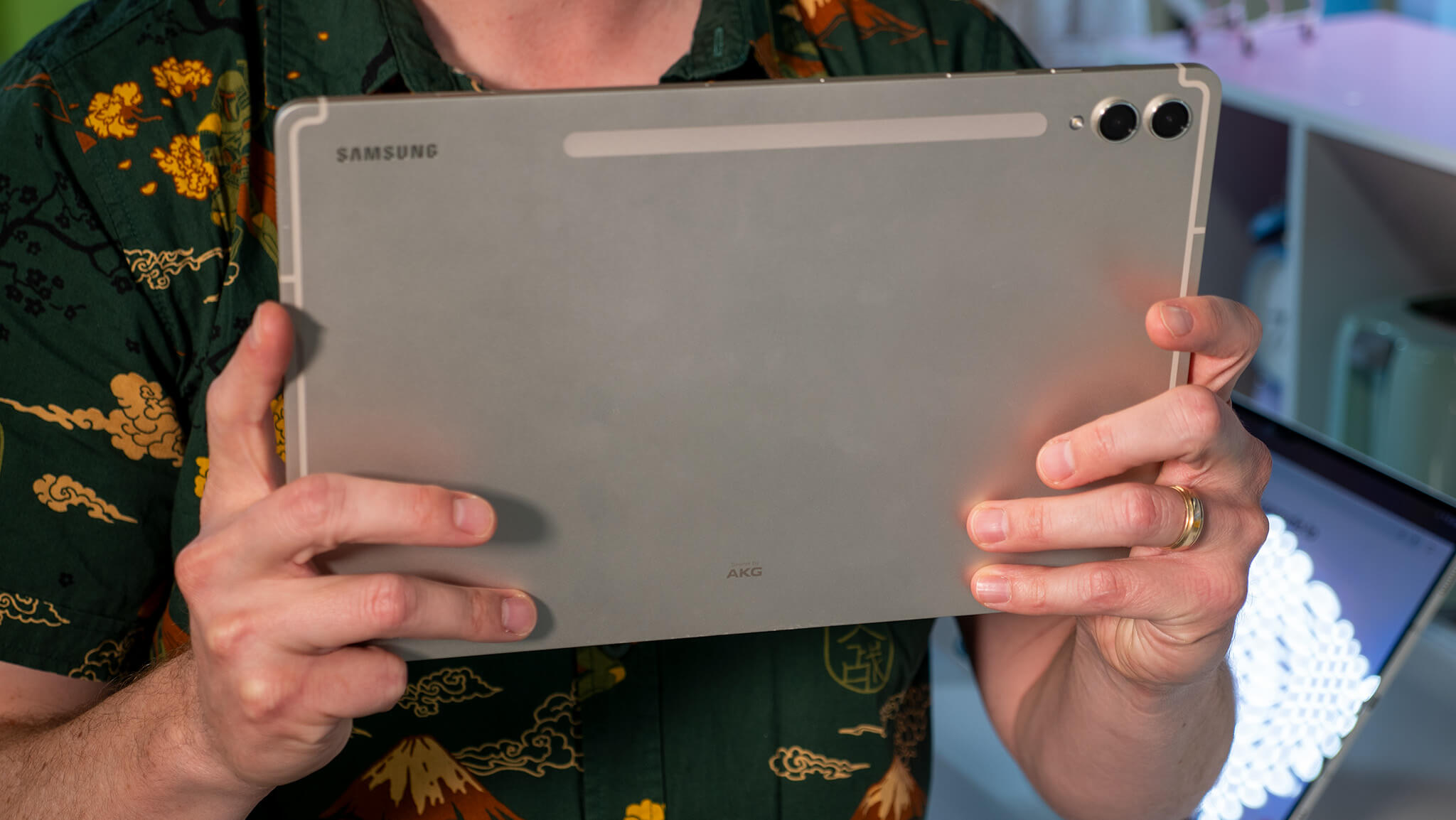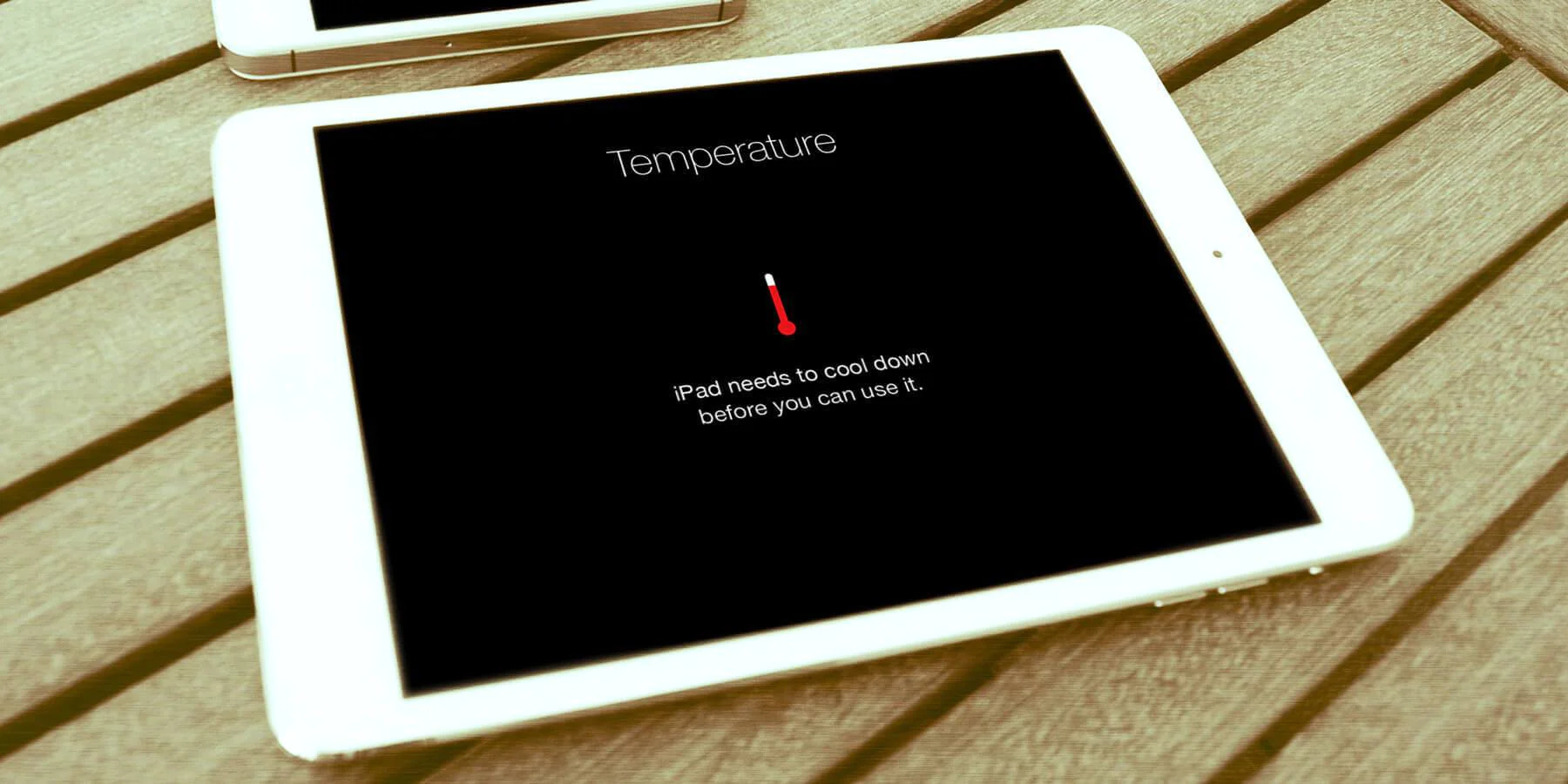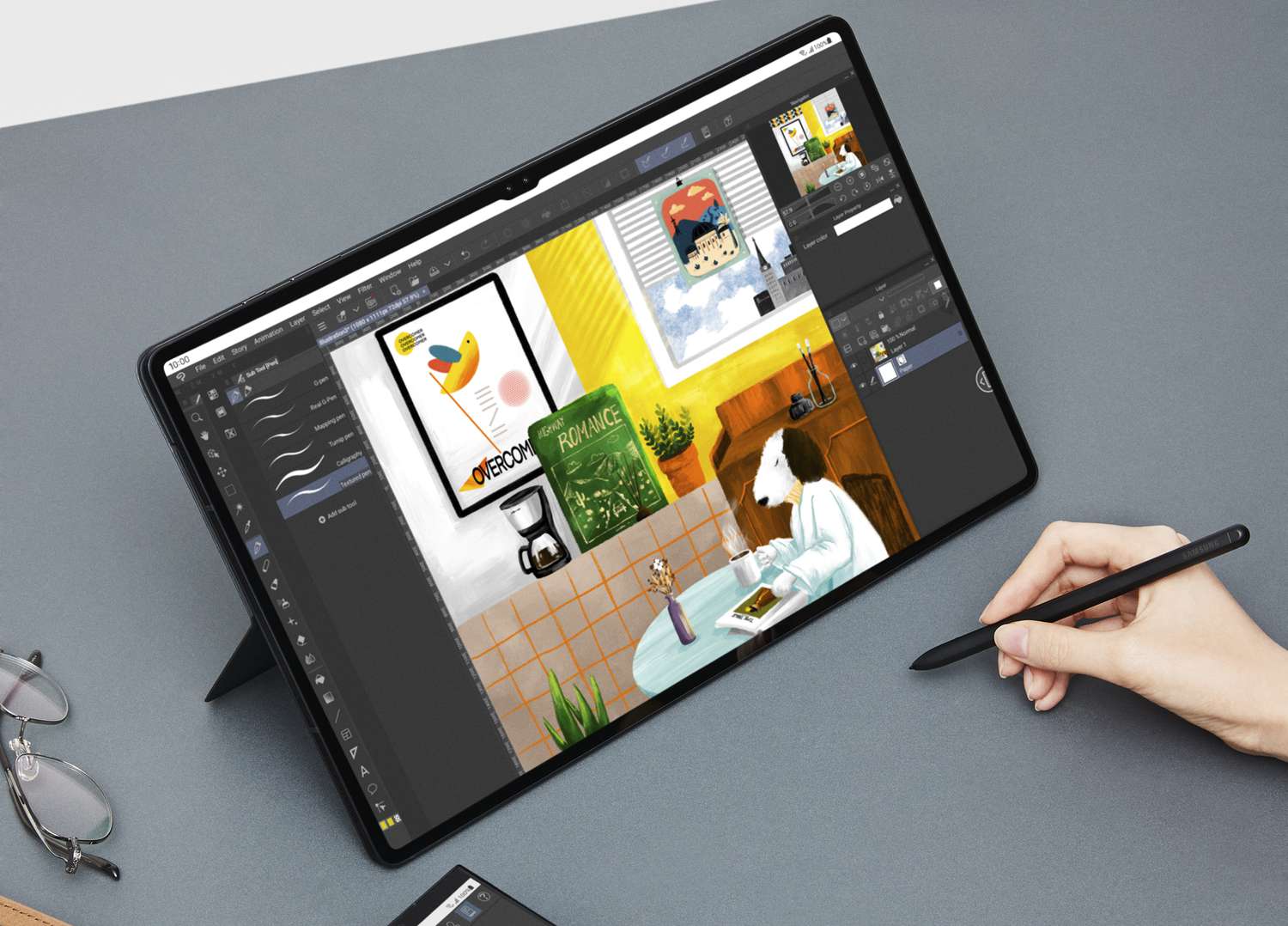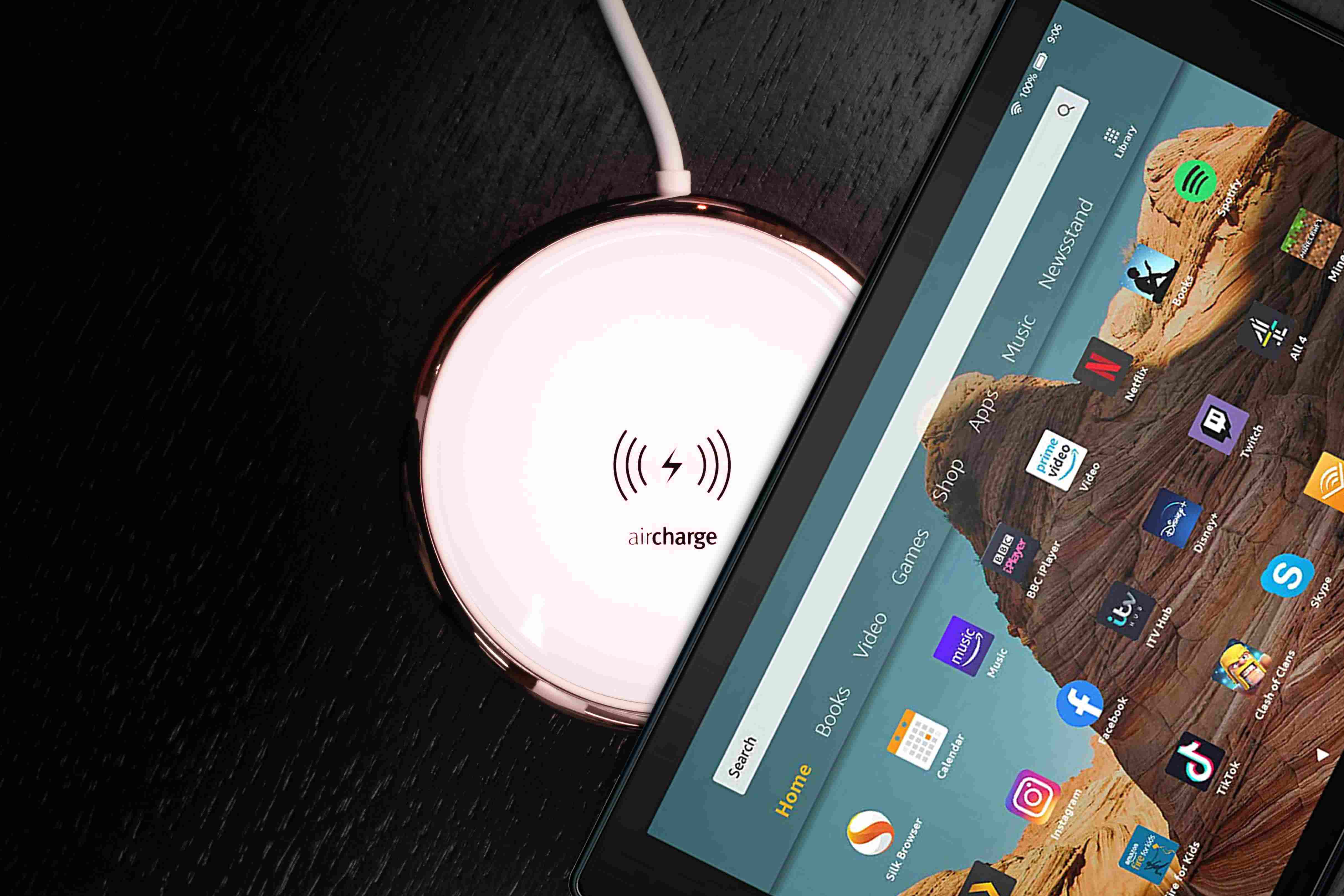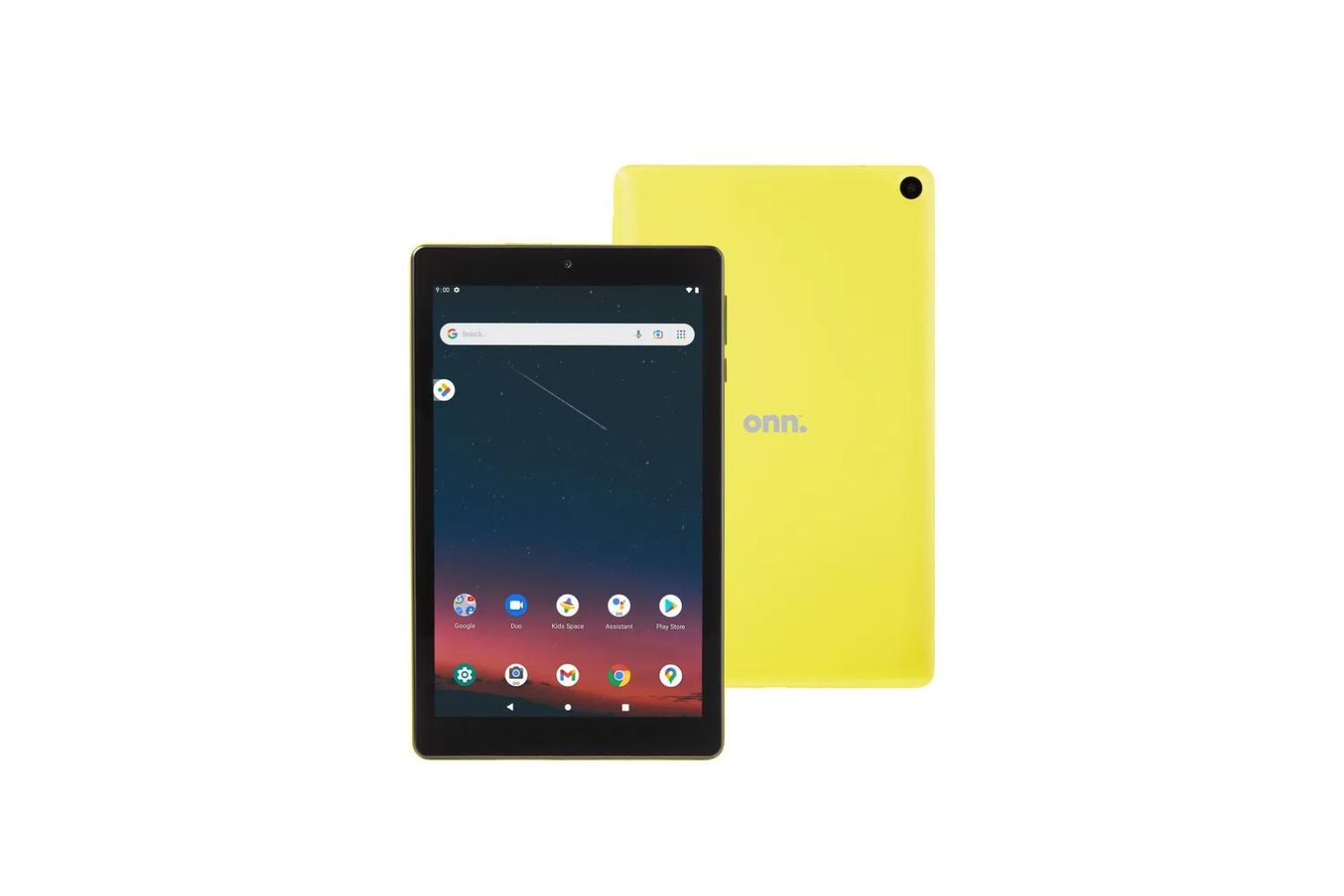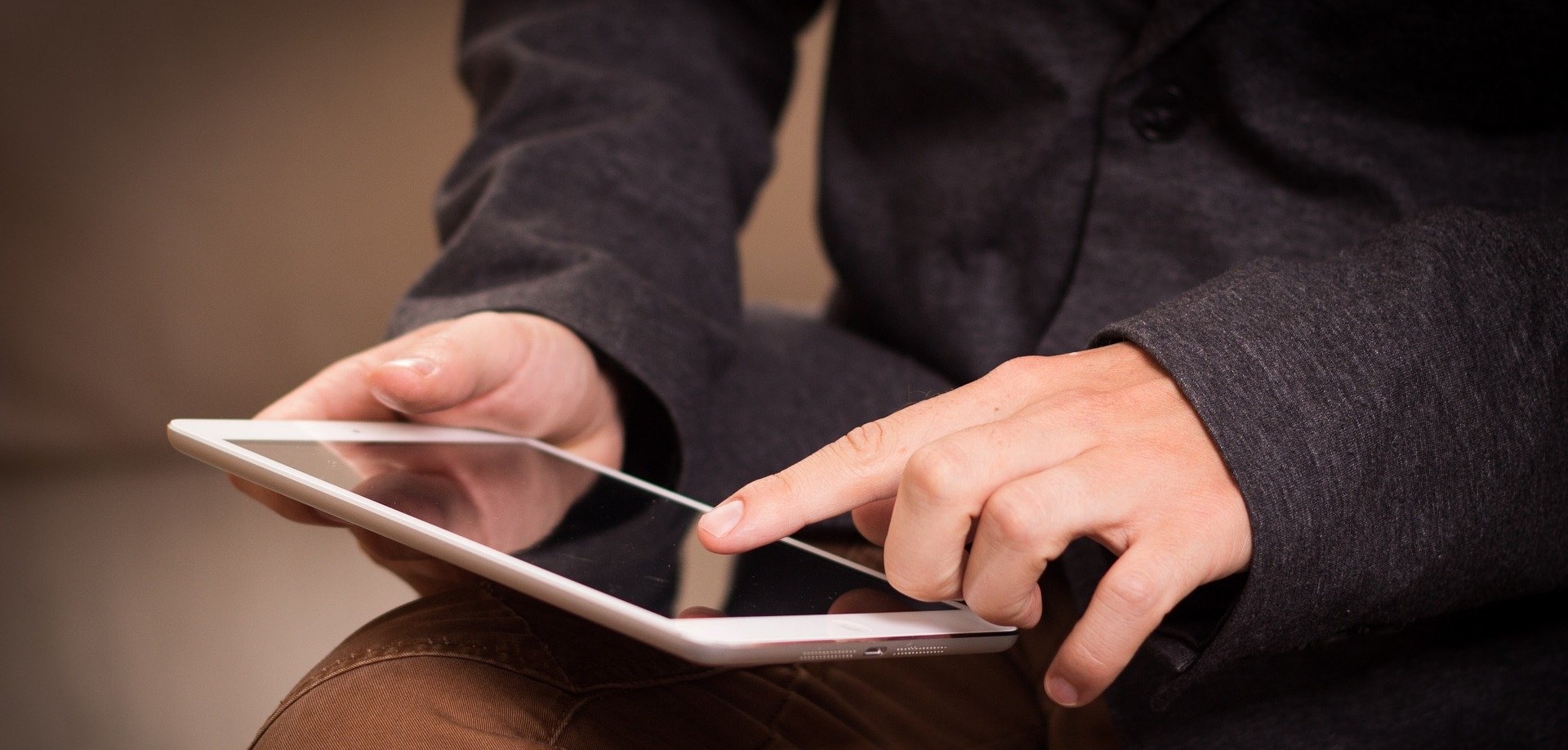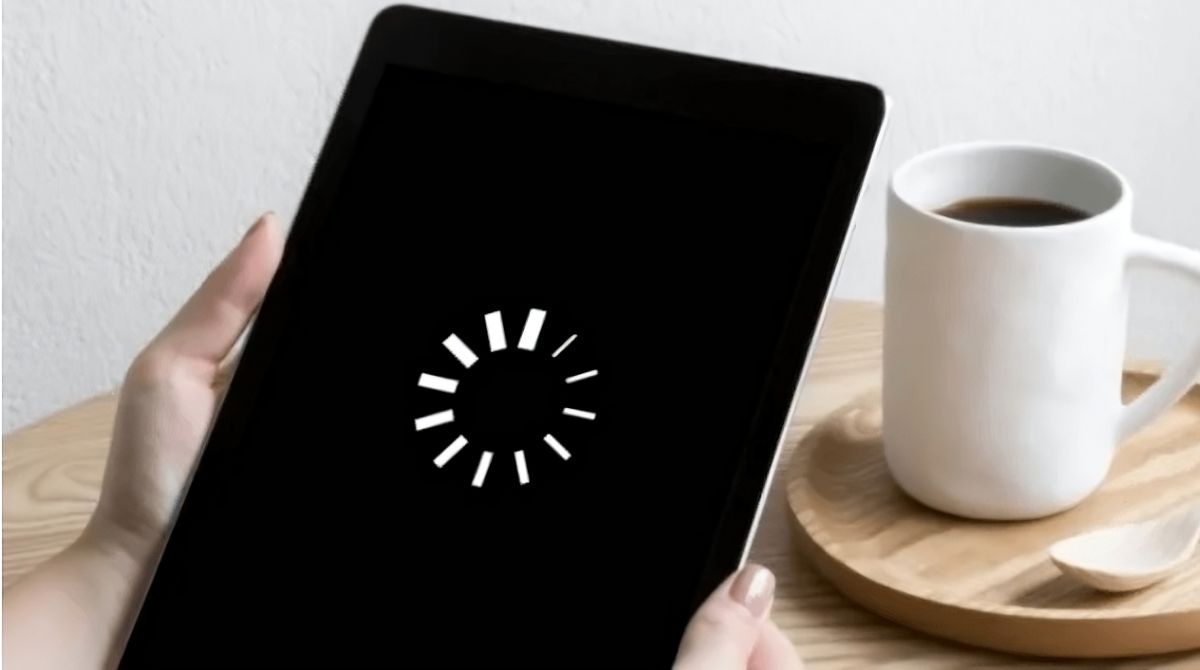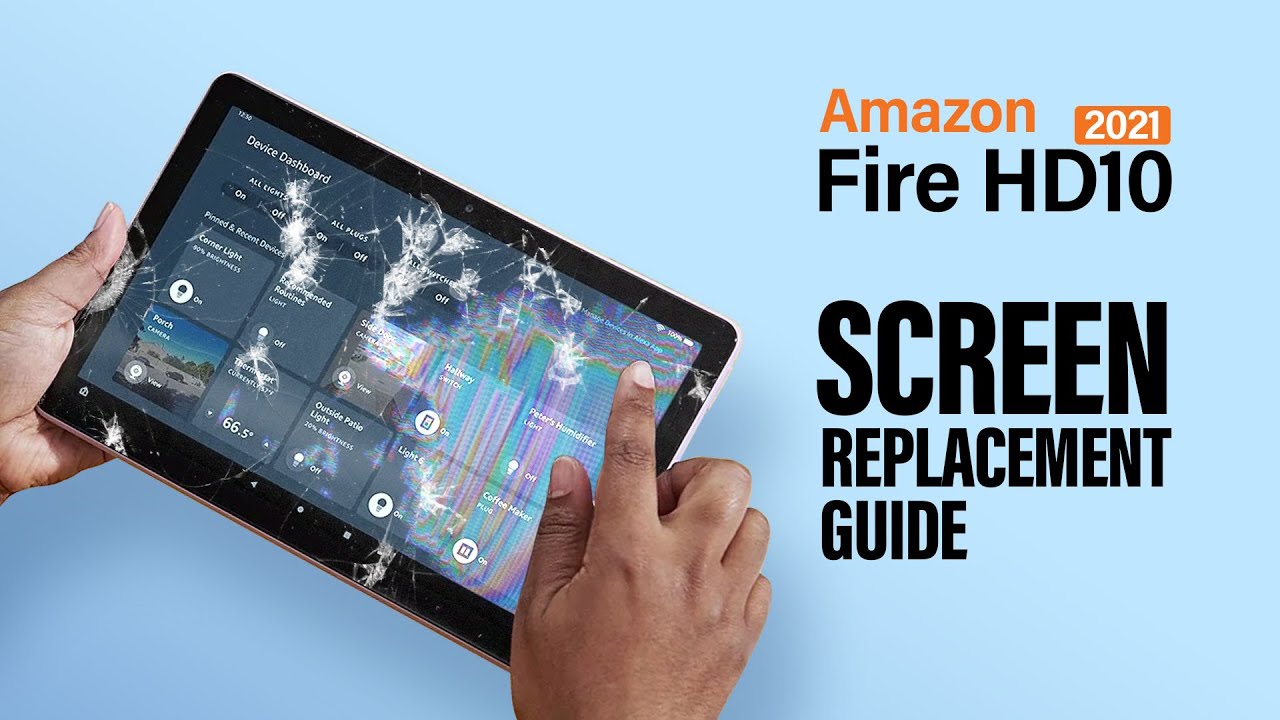Introduction
Welcome to our comprehensive guide on tablet overheating! Tablets have become an integral part of our lives, serving as our portable companions for work, entertainment, and communication. However, one common problem that tablet users frequently encounter is overheating.
As tablets become more powerful and feature-rich, their processors generate more heat. This excessive heat can cause various issues, such as decreased performance, unexpected shut downs, and even damage to the device. To understand how to prevent and address tablet overheating, it’s essential to identify the causes.
In this article, we will delve into the factors that contribute to tablet overheating. We will examine both external and internal factors, ranging from environmental conditions to software issues. By understanding these causes, you will be better equipped to prevent overheating and ensure optimal performance of your tablet.
So let’s dive in and explore the different factors that can cause your tablet to overheat, and learn how to keep it cool and functioning at its best!
Understanding Tablet Overheating
Tablet overheating occurs when the internal temperature of the device exceeds its normal operating range. This excessive heat can lead to a variety of issues, ranging from performance degradation to potential damage to the tablet’s components. Understanding the factors that contribute to tablet overheating is crucial in effectively preventing and addressing this problem.
There are several external and internal factors that can cause a tablet to overheat. External factors include environmental conditions, such as high ambient temperatures or direct exposure to sunlight. These factors can significantly affect the internal temperature of the tablet and lead to overheating.
Usage factors also play a role in tablet overheating. Engaging in resource-intensive tasks for extended periods, such as gaming or video streaming, can push the tablet’s processor and other internal components to work harder, generating more heat. Multitasking, running multiple apps simultaneously, can have a similar effect on the tablet’s overall temperature.
Hardware factors can also contribute to tablet overheating. Insufficient ventilation or blocked air vents can restrict the airflow, preventing proper heat dissipation. Overly demanding hardware, such as a high-resolution display or a powerful processor, can generate more heat. Additionally, using the tablet while it is charging can increase the temperature due to the charging process itself.
Software factors also need to be considered. A poorly optimized operating system or resource-hungry apps can cause the tablet’s processor to work harder, leading to increased heat production. Background processes or apps that continue to run even when not in use can also contribute to overheating.
By understanding these various factors that contribute to tablet overheating, you can take the necessary precautions to prevent it from occurring and ensure that your tablet operates at its best. In the following sections, we will explore each factor in more detail and discuss ways to mitigate tablet overheating effectively.
External Factors
External factors play a significant role in tablet overheating. Environmental conditions can greatly impact the internal temperature of the device, leading to overheating issues.
High ambient temperatures are one of the primary external factors that can cause a tablet to overheat. When the surrounding temperature is hot, such as during a scorching summer day, the tablet’s internal temperature can rise quickly. This can strain the device’s cooling system, leading to overheating.
Direct exposure to sunlight is another external factor that can contribute to tablet overheating. Leaving your tablet under direct sunlight, especially for extended periods, can cause the device to absorb and retain excessive heat. This can result in elevated internal temperatures and increase the risk of overheating.
Using the tablet on soft surfaces, such as a bed or a pillow, can hinder proper airflow and ventilation. When the tablet’s bottom surface is not properly supported and elevated, it restricts the airflow, preventing heat dissipation. This can cause the device to overheat quickly, especially when engaging in resource-intensive tasks.
Protective cases and covers can also impact the tablet’s temperature. While these accessories are designed to provide protection, they can sometimes inhibit proper heat dissipation. Some cases are made of materials that trap heat, preventing the tablet from cooling down effectively. It’s important to choose cases that offer adequate ventilation and consider removing them during heavy usage or prolonged periods.
To prevent tablet overheating due to external factors, it is advisable to keep the device in a well-ventilated area, away from direct sunlight. Use the tablet on a hard, flat surface to ensure proper airflow. Additionally, consider opting for lightweight cases or covers that do not impede heat dissipation.
Understanding and managing external factors that contribute to tablet overheating will help maintain the device’s optimal temperature and prevent potential issues caused by excessive heat.
Environmental Factors
Environmental factors have a significant impact on tablet overheating. The conditions in which you use your tablet can greatly influence its internal temperature and contribute to overheating problems.
High humidity levels can affect the tablet’s cooling system and heat dissipation. When the air is excessively humid, moisture can accumulate inside the device, potentially interfering with its internal components. This can lead to the tablet overheating more easily. It’s advisable to keep your tablet in a dry environment and avoid using it in areas with high humidity, such as bathrooms or near sources of moisture.
Using your tablet in dusty or dirty environments can also contribute to overheating. Dust particles can accumulate on the tablet’s internal components, obstructing airflow and heat dissipation. Over time, this build-up can cause the device to overheat more frequently. It’s important to regularly clean the tablet’s surfaces and ports, using appropriate cleaning methods and materials.
Extreme cold temperatures can also impact the tablet’s internal temperature. When exposed to freezing temperatures, the tablet can struggle to maintain its optimal operating temperature, potentially leading to overheating. It’s advisable to avoid using your tablet in extremely cold conditions or allowing it to become too cold before using it, especially if it has been stored in a cold environment.
In addition to humidity, dust, and cold temperatures, other environmental factors that can contribute to tablet overheating include proximity to sources of heat, such as radiators or ovens, and using the tablet in confined spaces where the air circulation is limited.
To mitigate the impact of environmental factors on tablet overheating, it is recommended to use your tablet in a dry and clean environment. Avoid using it in extreme temperatures and protect it from excessive exposure to humidity. Additionally, ensure there is sufficient airflow around the device, keeping it away from sources of heat and using it in well-ventilated areas.
By understanding and addressing these environmental factors, you can minimize the risk of tablet overheating and maintain your device’s optimal performance and longevity.
Usage Factors
Usage factors also play a crucial role in tablet overheating. The way you use your tablet, including the tasks you perform and the duration of usage, can significantly impact its internal temperature.
Engaging in resource-intensive activities for extended periods can cause the tablet’s processor and other internal components to work harder, generating more heat. Tasks such as playing graphics-intensive games, streaming high-definition videos, or running demanding applications can push the tablet to its limits and increase the risk of overheating.
Multi-tasking, or running multiple apps simultaneously, can also contribute to tablet overheating. When several applications are running in the background, they consume system resources and put additional strain on the tablet’s processor. This increased workload leads to higher heat production and can lead to overheating.
Charging your tablet while using it can also contribute to overheating. The charging process generates heat, and when combined with the tablet’s internal heat production from usage, it can cause the temperature to rise rapidly. To mitigate this, it’s advisable to unplug the charger when not actively charging and avoid using the tablet while it’s charging, especially during resource-intensive tasks.
Prolonged usage without breaks can also contribute to tablet overheating. Continuous usage can prevent the tablet’s internal components from getting sufficient time to cool down. Taking periodic breaks during intensive tasks gives the device a chance to dissipate heat and can help prevent overheating.
Monitoring system performance and resource usage is essential in managing tablet overheating due to usage factors. Many tablets have built-in performance monitoring tools that allow you to track CPU usage, temperature, and memory consumption. By keeping an eye on these measures, you can identify resource-intensive tasks and close unnecessary applications to reduce heat generation.
To prevent tablet overheating due to usage factors, it’s important to be mindful of the tasks you perform and the duration of usage. Avoid prolonged resource-intensive activities, close unnecessary apps, and take breaks to allow the tablet to cool down. By managing your tablet’s usage effectively, you can minimize the risk of overheating and ensure optimal performance.
Hardware Factors
Hardware factors can significantly contribute to tablet overheating. The design and components of your tablet can affect its ability to dissipate heat efficiently, leading to potential overheating.
One crucial hardware factor is the tablet’s ventilation and cooling system. Insufficient ventilation or blocked air vents can restrict the airflow, preventing proper heat dissipation. This can cause the tablet to overheat quickly, especially during resource-intensive tasks. It’s important to ensure that the tablet’s air vents are not blocked by cases or other objects and that there is sufficient airflow around the device.
The processing power and performance of the tablet’s hardware also play a role in overheating. Tablets with high-end processors or graphics cards tend to generate more heat when put under heavy loads. Similarly, tablets with high-resolution displays or advanced features may require more power, leading to increased heat production. While these hardware advancements enhance the tablet’s performance, they can also contribute to overheating.
Another hardware factor to consider is the battery. Lithium-ion batteries, commonly used in tablets, can generate heat during charging and usage. When the tablet is charging, it is normal for the battery temperature to increase. However, using the tablet while charging can compound the heat generated by both the battery and the internal components. To prevent overheating, it is advisable to unplug the charger when not actively charging and avoid using the tablet while it’s charging, particularly during intensive tasks.
Over time, wear and tear on the tablet’s internal components can also contribute to overheating. Dust accumulation on the motherboard or inadequate thermal paste application can hinder the transfer of heat from the internal components to the cooling system or heat sinks. Regular maintenance, such as cleaning the tablet’s surfaces and ensuring proper cooling system hygiene, can help prevent overheating caused by these hardware factors.
When purchasing a tablet, it’s important to consider the hardware specifications, including the cooling system’s efficiency and the device’s power requirements. Understanding the limitations and potential heat generation of the tablet’s hardware can help you make informed decisions and mitigate the risk of overheating.
By ensuring proper ventilation, choosing a tablet with suitable hardware specifications, and performing regular maintenance, you can minimize the impact of hardware factors on tablet overheating and maintain optimal performance.
Software Factors
Software factors can significantly contribute to tablet overheating. The way the operating system and applications are optimized and managed can impact the tablet’s internal temperature and potential for overheating.
A poorly optimized operating system can strain the tablet’s processor and cause it to work harder, leading to increased heat production. Software updates and patches often include performance improvements and bug fixes that optimize resource allocation and reduce unnecessary processing, thus helping to prevent overheating.
Resource-hungry applications can also contribute to tablet overheating. Apps that require a significant amount of processing power or run in the background can put additional strain on the tablet’s processor, generating more heat. It’s important to identify and close unnecessary applications to help reduce heat production.
Background processes that continue to run even when not in use can contribute to overheating as well. Some applications have processes that run in the background, consuming system resources and generating heat. By closing these processes or force-stopping unnecessary applications, you can help alleviate the strain on the tablet’s resources and reduce heat production.
Viral infections, malware, and adware can also contribute to tablet overheating. These malicious software can run in the background, utilizing system resources and causing excessive heat generation. Regularly scanning your tablet for viruses and malware, and using reputable security software, can help prevent overheating issues caused by these software factors.
Managing software updates effectively is crucial for preventing tablet overheating. Software updates often include performance optimizations and bug fixes that can improve the tablet’s efficiency and reduce heat generation. Keeping your tablet’s operating system and applications up to date ensures you have the latest performance enhancements and helps mitigate overheating risks.
Monitoring and managing resource usage is another effective way to prevent tablet overheating caused by software factors. Many tablets have built-in performance monitoring tools that allow you to track CPU usage, memory consumption, and temperature. By monitoring these metrics, you can identify resource-heavy apps or processes and take appropriate action to reduce heat production.
By addressing software factors such as optimizing the operating system, managing applications, scanning for malware, and staying updated with software patches, you can minimize the risk of tablet overheating and maintain optimal performance.
How to Prevent Tablet Overheating
Preventing tablet overheating is essential for maintaining optimal performance and prolonging the lifespan of your device. Here are some effective measures you can take to prevent tablet overheating:
1. Keep your tablet in a well-ventilated area: Ensure that the tablet is not obstructed by objects or surfaces that hinder proper airflow. Avoid using the tablet on soft surfaces like beds or pillows, as they can block the ventilation and lead to overheating.
2. Avoid exposing your tablet to high temperatures: Direct exposure to sunlight and hot environments can increase the internal temperature of the tablet. Keep your tablet away from direct sunlight and avoid using it in excessively hot locations.
3. Limit resource-intensive usage: Engaging in long periods of intensive tasks such as gaming or video streaming can strain the tablet’s processor and generate more heat. Take breaks and avoid prolonged periods of resource-intensive usage.
4. Optimize your tablet’s software: Keep your tablet’s operating system and applications up to date. Software updates often include performance enhancements and bug fixes that can improve efficiency and reduce heat generation. Close unnecessary applications and limit background processes to minimize resource usage.
5. Monitor system performance: Utilize the built-in performance monitoring tools on your tablet to track CPU usage, memory consumption, and temperature. By monitoring these metrics, you can identify resource-heavy tasks or apps that could contribute to overheating.
6. Clean your tablet regularly: Dust and debris can accumulate on the tablet’s surfaces and ports, obstructing airflow and contributing to overheating. Regularly clean the tablet using appropriate cleaning methods and materials to prevent dust build-up.
7. Use lightweight and ventilated cases: If you prefer using a protective case or cover, choose one that allows for proper ventilation. Avoid cases that trap heat and hinder heat dissipation. Lightweight cases will also minimize the additional weight that can contribute to heat generation.
8. Avoid using the tablet while charging: Charging the tablet generates heat, and using it simultaneously can compound the temperature increase. Whenever possible, avoid using the tablet while it is charging, especially during resource-intensive tasks.
By following these preventive measures, you can significantly reduce the risk of tablet overheating and ensure that your device operates at its best without encountering performance issues or potential damage caused by excessive heat.
Conclusion
Tablet overheating is a common problem that can affect the performance and longevity of your device. Understanding the various factors that contribute to tablet overheating is key to effectively preventing and addressing this issue.
In this comprehensive guide, we explored different factors that can cause tablet overheating. External factors such as high ambient temperatures, direct exposure to sunlight, and improper ventilation can significantly impact the tablet’s internal temperature. Environmental factors like high humidity levels, dust accumulation, and extreme cold temperatures can also contribute to overheating.
Usage factors play a crucial role as well. Engaging in resource-intensive tasks for extended periods, multi-tasking, and using the tablet while charging can all increase the tablet’s temperature. Hardware factors, including insufficient ventilation, demanding hardware components, and charging, can also contribute to overheating. In addition, software factors such as poorly optimized operating systems, resource-hungry applications, and running background processes can affect the tablet’s internal temperature.
To prevent tablet overheating, it is essential to keep your tablet in a well-ventilated area, avoid exposing it to high temperatures, and limit resource-intensive usage. Optimizing your tablet’s software, monitoring system performance, and regular cleaning can also help prevent overheating. Additionally, considering lightweight and ventilated cases and avoiding tablet usage while charging are effective preventive measures.
By implementing these preventive measures, you can minimize the risk of tablet overheating, ensuring optimal performance and prolonging the lifespan of your device. Remember to regularly monitor your tablet’s temperature, clean it, and keep the software updated to maintain a cool and efficient tablet experience.







